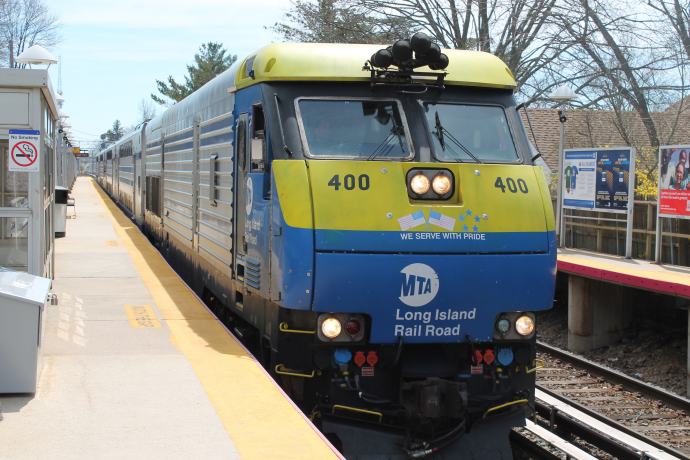Problems on the Long Island Rail Road delayed 7.5 million commuters by an average of half an hour in 2016, costing $60 million in lost productivity, a state comptroller’s report found.
The report, published Wednesday by state Comptroller Thomas DiNapoli’s office, says the LIRR understated average delays, which it said were 13.2 minutes in its own reports, by excluding from its calculations more than 1,800 trains that were canceled or terminated before reaching their destinations.
“While the LIRR reports that only a relatively small percentage of trains were late or canceled, too many commuters had a different experience,” DiNapoli said in a statement.
Some 92.7 percent of LIRR trains arrived within six minutes of their scheduled arrival last year, the LIRR’s definition of “on time,” the report said.
That’s an improvement after on-time performance slipped for three straight years, but still does not meet the railroad’s target rate of 94 percent, the report said. The LIRR lowered the on-time performance goal from 95.1 percent in 2015.
A total of 16,115 were late, while 567 were terminated before arrival and 1,269 were canceled before departing — the most since 2010, according to the report.
The LIRR took the blame for 30 percent of the delays, but attributed 27 percent to customers, citing overcrowded trains and situations in which passengers had to walk through trains to get off at stations with short platforms, the report said.
The number of trains delayed, late, canceled or terminated because of problems in the four train tunnels under the East River has increased 72 percent since Superstorm Sandy damaged them in 2012, according to the report.
Amtrak, the national passenger railroad company, owns and operates the tunnels and shares with the LIRR and New Jersey access to platforms Manhattan’s Penn Station, which receives 88 percent of LIRR commuters, the report says.
“Until needed repairs are completed, the tunnels will continue to deteriorate, contributing to delays that inconvenience thousands of New Yorkers,” despite LIRR projects to improve on-time performance, the report said.
In a statement, Beth DeFalco, an MTA spokeswoman, said the railroad is spending “billions of dollars” on work that will “increase capacity, reduce delays and improve safety.”
“As recent events show, not all delays are under our control. However, we are working to improve the maintenance procedures and protocols at Penn Station to ensure the best service possible,” DeFalco said.
DeFalco cited the second track along 18 miles of the Ronkonkoma branch and the 9.8-mile “expansion project” on the Main Line, which includes a third track between Floral Park and Hicksville.
Residents and officials along the Main Line are skeptical that the latter project would do anything to improve what they call a dysfunctional railroad system.
But project planners say it would help cut delays throughout the system by giving trains a route around problems along the key corridor, which carries about 40 percent of the LIRR’s daily ridership.

